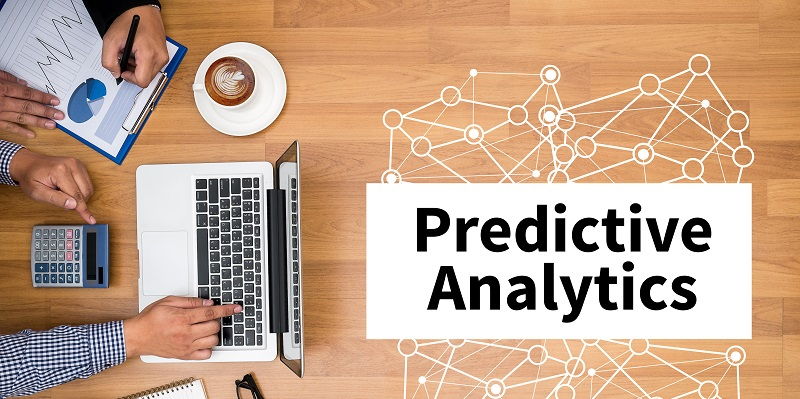Predictive analytics has emerged as a powerful tool in the business landscape, combining machine learning techniques with statistical algorithms to predict future outcomes based on past data. By unlocking valuable insights from vast amounts of information, businesses can make data-driven decisions that drive growth and improve performance.
Growth of the Global Predictive Analytics Market
Over the past decade, the global predictive analytics market has witnessed remarkable growth, and this upward trend is expected to continue beyond 2023. The increasing reliance on data-driven decision-making solutions has fueled the demand for predictive analytics tools across industries.
Regional Analysis of the Market
In the race to harness the potential of advanced technologies, North America takes the lead with its fast adoption of predictive analytics. The presence of major players and their continuous innovation have bolstered the region’s position as the frontrunner in the global market.
The Asia Pacific region is poised to experience substantial market growth, primarily driven by the increasing demand for data-driven decision-making solutions in emerging economies such as China and India. These countries, known for their tech-savvy consumer base and rapidly evolving business landscape, present immense opportunities for predictive analytics providers.
The competitive landscape of the market is characterized by fragmentation, with several key players dominating the global predictive analytics market. These industry leaders leverage their expertise and technological advancements to stay ahead of the competition, offering tailored predictive analytics solutions to meet the diverse needs of businesses.
Factors Driving Market Expansion
The rising adoption of big data analytics, artificial intelligence (AI), and machine learning (ML) technologies has emerged as a critical factor driving the expansion of the predictive analytics market. By leveraging these advanced tools, businesses can analyze vast amounts of historical data and uncover patterns, trends, and outliers to gain valuable insights and make accurate predictions.
The advancements in cloud computing have significantly contributed to the growth of the predictive analytics market. Cloud-based predictive analytics solutions offer scalability, flexibility, and cost-effectiveness, enabling businesses of all sizes to access and utilize complex analytical capabilities without investing in extensive IT infrastructure.
The growing availability of open-source predictive analytics (PA) tools has democratized the market, enabling businesses to leverage the power of predictive analytics without a significant financial investment. Open-source PA tools foster innovation and customization, allowing businesses to tailor solutions to their specific requirements and achieve maximum value from data-driven insights.
Projected Market Size
The global predictive analytics market is expected to reach new heights in the coming years. As businesses increasingly recognize the value of harnessing data-driven insights for improved performance and gaining a competitive advantage, the demand for predictive analytics solutions will continue to surge.
Application of Predictive Analytics across Industries
Predictive analytics finds successful application in all industry sectors for making accurate forecasts based on historical data regarding customer and business behavior. From retail and finance to healthcare and manufacturing, businesses leverage predictive analytics to optimize supply chains, target marketing campaigns, detect fraud, predict maintenance requirements, and enhance customer experiences.
Key Factors in the Success of the Global Predictive Analytics Market
The success of the global predictive analytics market can be attributed to several key factors:
– The rising adoption of big data analytics across industries as businesses strive to unlock the hidden value of their vast data repositories.
– Technological advancements in AI and ML that enable more accurate predictions and faster analysis of vast datasets.
– The availability of skilled professionals who can leverage predictive analytics tools to extract valuable insights and translate them into tangible business outcomes.
– Increasing awareness among businesses about the potential of predictive analytics in driving profitability, reducing risks, and enhancing decision-making processes.
The global predictive analytics market continues to grow at a rapid pace, driven by advancements in technology and the increasing need for data-driven decision-making. As businesses recognize the importance of harnessing predictive analytics to gain a competitive edge, the market is poised for further expansion. The future outlook for the predictive analytics market is promising, with continued innovation and the emergence of new applications to meet the evolving needs of industries worldwide.

